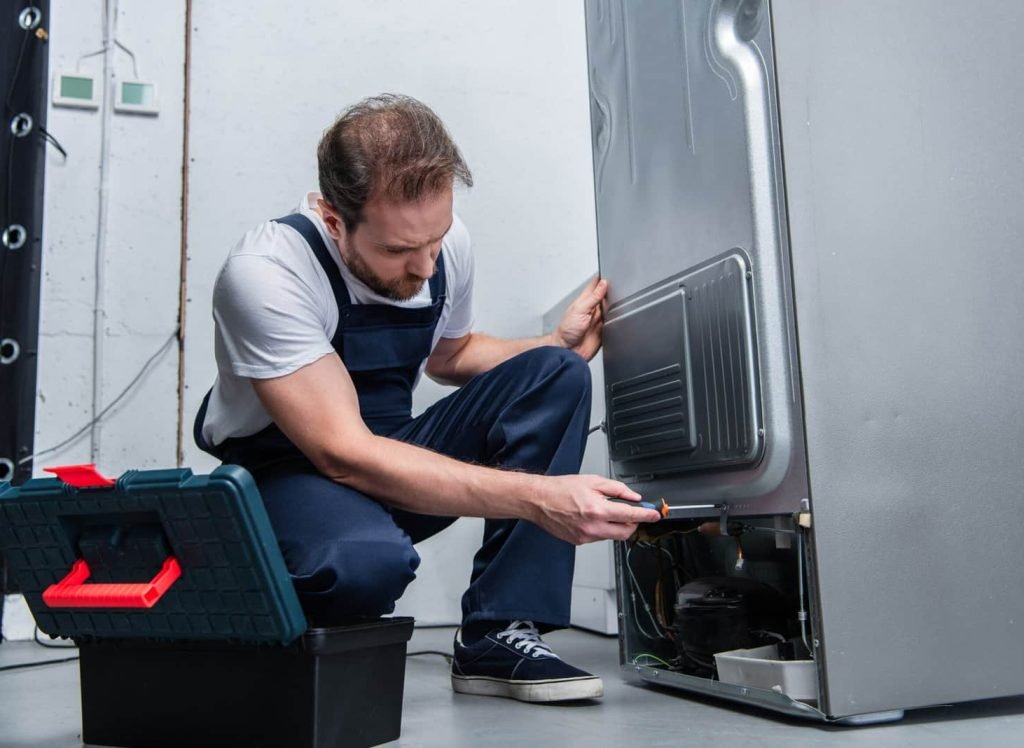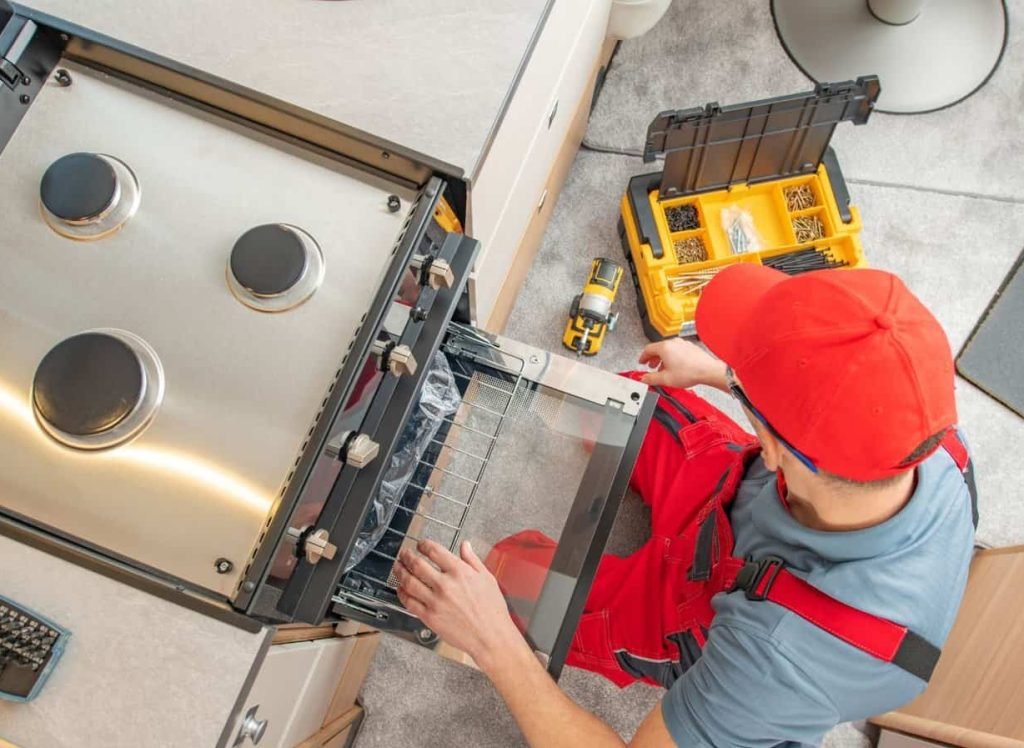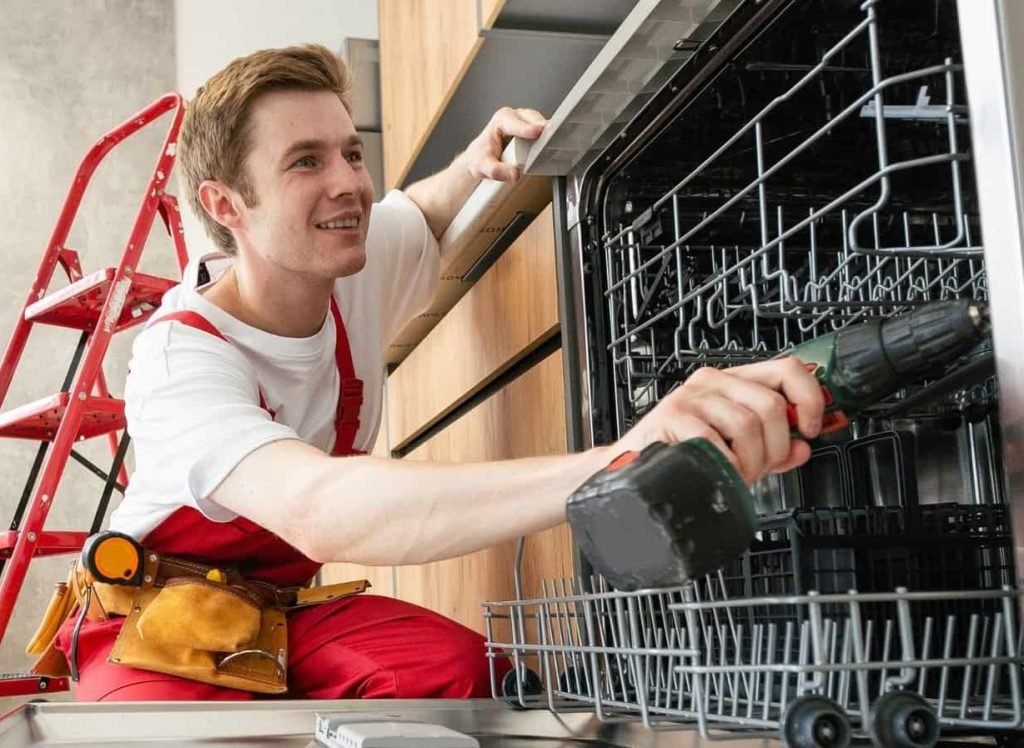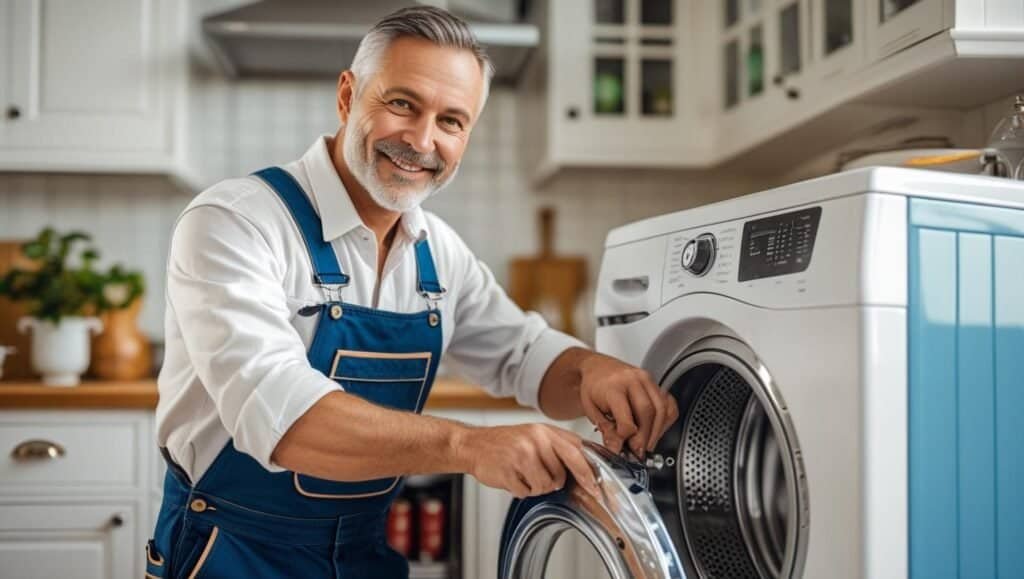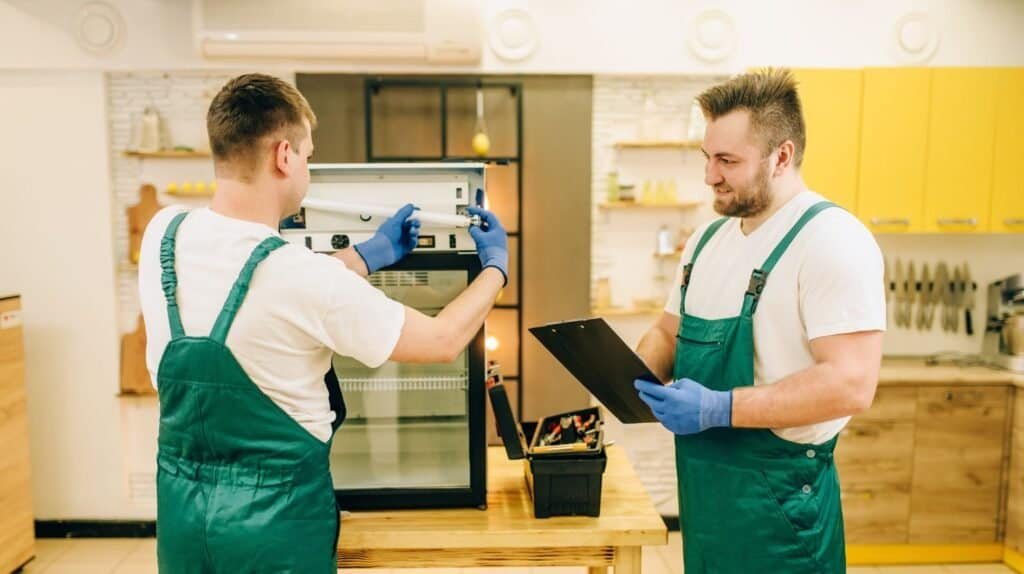10 Common Appliance Issues and How to Fix Them Yourself
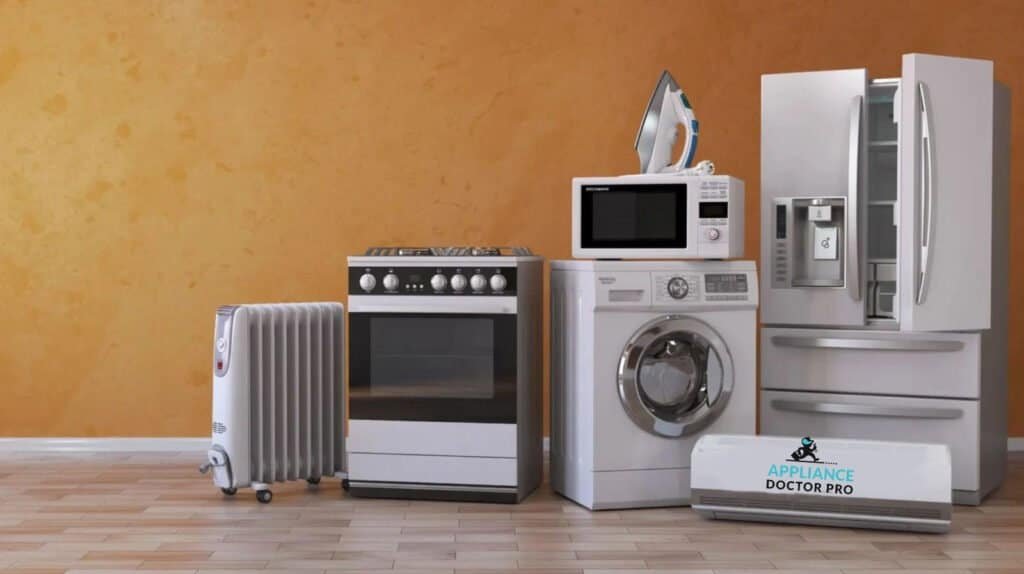
Of course, appliances help us make life easier, but when they act up, it can cause major inconveniences. Considering a repair technician before you even call? Before calling in a repair technician, there are some common issues that you can troubleshoot and fix yourself. Below are 10 appliance problems and solutions so you don’t have to call in a technician — and let the money roll in.
1. Refrigerator Not Cooling Properly
The first thing to do when your fridge doesn’t cool as well as it should is to empty out its contents and call for repairs. Set it between 35°F and 38°F. Dust and debris can block airflow, that’s why you should clean the condenser coils at the back or underneath. If that fails, look for the loose, damaged, or just not tight enough door seals.
2. Dishwasher Not Draining
If your dishwasher does not drain, it could be caused by a clogged filter, a blocked drain hose, or a bad pump. Begin by cleaning off any debris on the bottom of the dishwasher, including the filter, and remove any obstructions in the hose. If these don’t help, then the pump might have to be replaced.
3. Washing Machine Won’t Spin
If your washing machine won’t spin, it may mean that your load is unbalanced, your belt is broken, or your lid switch is failing. Shut the lid first, then make sure the load is evenly distributed and lastly, check the lid switch for continuity. Sometimes, a broken belt just needs a replacement part.
4. Dryer Not Heating
If your dryer won’t heat, the vent may be clogged, the heating element may not work, or the thermal fuse tripped. Then, clean the lint filter on the vent hose. Also, the heating element’s continuity can be checked using a multimeter. If the thermal fuse has blown, it has to be replaced.
5. Oven Won’t Heat
If your oven won’t heat, there may be about the igniter, the heating element, or the thermostat. Check for visible cracks in the igniter and check the heating element for continuity. If the oven doesn’t work again, you may have to change a bad part.
6. Microwave Not Turning On
If your microwave doesn’t turn on, you need to check the power source. First, make sure it’s plugged in and there isn’t a tripped circuit breaker. However, a blown fuse or faulty door switch may still be responsible if the microwave still isn’t working.
7. Garbage Disposal Jammed
Your garbage disposal could just be jammed up with food debris if it isn’t working. If the disposal in question won’t turn on, place the power on and try using a wrench to manually turn the blades or to remove the clog. Never attempt to clear a jam while the disposal is on.
8. Air Conditioner Not Cooling
If your AC isn’t cooling as well as it should, check your AC air filter and replace it if it’s dirty. Remove dirt from the evaporator and condenser coils, and check for adequate levels of refrigerant. If you don’t know what to do with refrigerant and you are not comfortable with the stuff, call in a professional and let them take care of it for you.
9. Water Heater Not Providing Hot Water
It might have a faulty thermostat, a broken heating element, or just sediment build-up in the water heater that’s not producing hot water. First, check the thermostat settings; then, check the heating elements for continuity and flush the tank to siphon off any sediment.
10. Freezer Icing Up
A door seal that isn’t sealing, or the defrost timer going haywire leaves the freezer open to excessive ice buildup. Check the door seal around the door for damage, to make sure it’s properly sealing. A defective defrost timer may also need to be replaced.
Before you call a repair technician, try these simple troubleshooting steps to resolve common appliance problems. You should be able to resolve a lot of the issues without replacing your appliances with a little patience and a little bit of knowledge.
